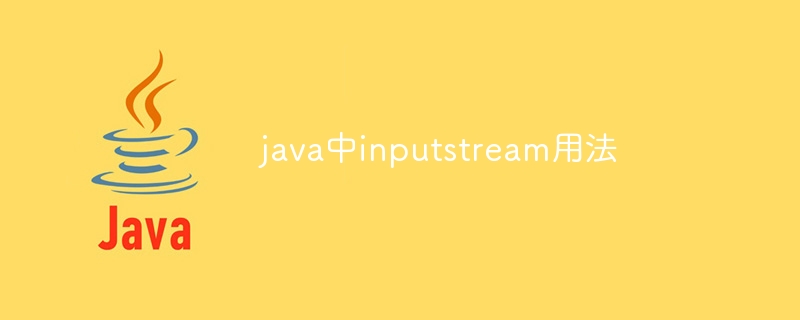
InputStream is an abstract class representing an input stream in Java and is used to read data from a data source. Usage steps: 1. Create an InputStream object; 2. Read data; 3. Mark position (optional); 4. Skip bytes (optional); 5. Close the stream.

In Java, InputStream is an abstract class that represents an input stream that reads data from a source. It provides methods for reading data, marking stream positions, skipping bytes in the stream, and closing the stream.
To use InputStream, you can follow the following steps:
The following code snippet demonstrates how to use InputStream to read data from a file:
import java.io.FileInputStream;
import java.io.IOException;
public class InputStreamExample {
public static void main(String[] args) throws IOException {
// 创建 FileInputStream 对象
FileInputStream inputStream = new FileInputStream("test.txt");
// 创建缓冲区
byte[] buffer = new byte[1024];
// 读取数据
int bytesRead = inputStream.read(buffer);
// 输出读取到的数据
System.out.println(new String(buffer, 0, bytesRead));
// 关闭流
inputStream.close();
}
}In the above example, a FileInputStream object is created to read data from a file. File "test.txt" reads data. The read() method reads data into the buffer, and the bytesRead variable stores the number of bytes read. Then convert the read data into a string and output it to the console. Finally, the inputStream object is closed to release resources.
The above is the detailed content of Inputstream usage in java. For more information, please follow other related articles on the PHP Chinese website!




